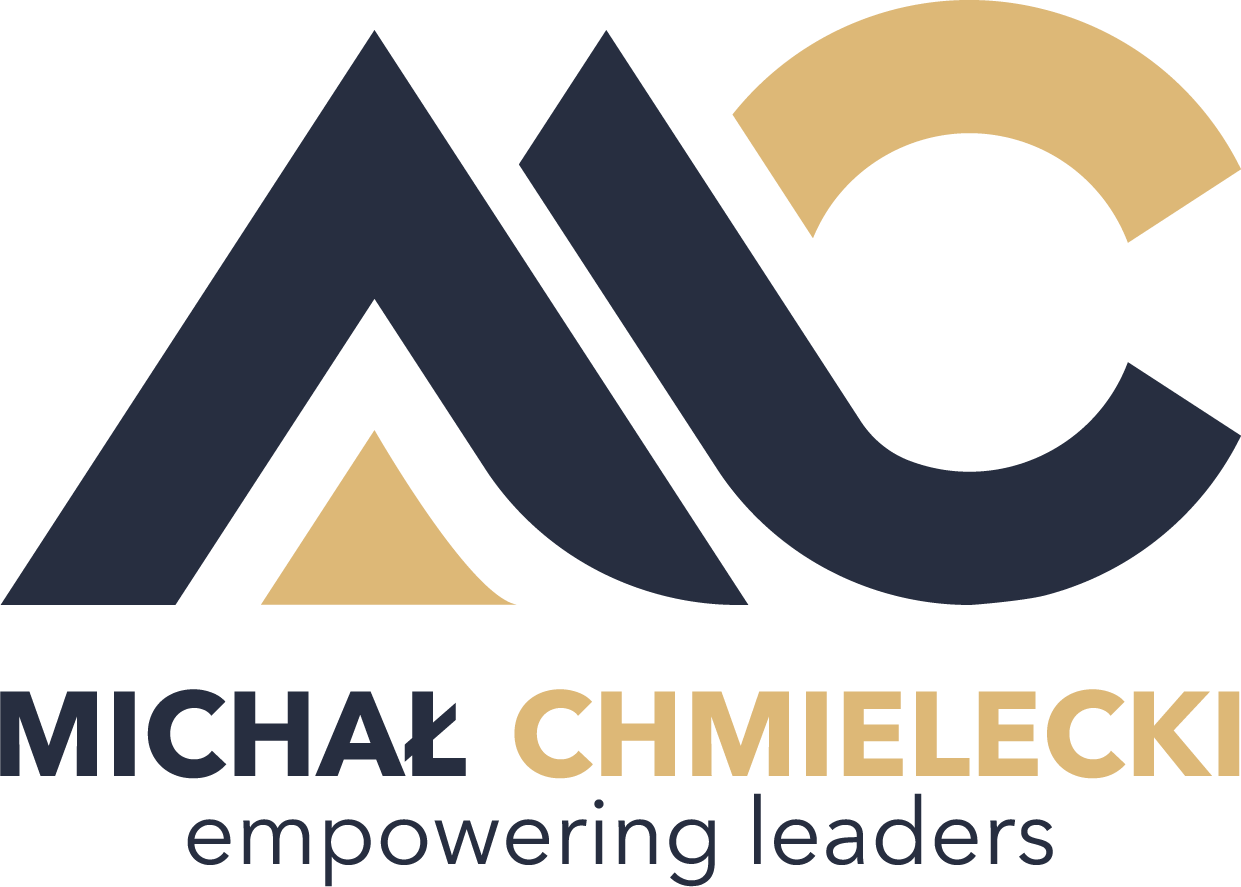Developing Human Resources: A Strategic Imperative for Sustainable Growth
In today’s rapidly changing business environment, the development of human resources is not an optional cost center — it is a strategic imperative for sustainable growth. Organizations that systematically cultivate talent, build capabilities, and nurture leadership are better positioned to adapt, innovate, and outperform their competitors.
This article explores how to build and sustain a high-impact human resource development (HRD) function: the principles, practices, challenges, and emerging trends.
1. The Role and Scope of Human Resource Development (HRD)
At its core, HRD encompasses the set of practices and processes by which an organization cultivates its people — enhancing their skills, aligning their growth with business goals, and preparing them for future challenges.
HRD typically covers three interrelated levels:
Individual development / training: equipping employees with knowledge, competencies, and behavioral skills needed for current roles.
Career development / succession planning: preparing employees for future roles, creating clear progress paths.
Organizational development: shaping structures, culture, systems, and learning processes so that growth is scalable and sustainable.
Effective HRD aligns all three levels so that investments in people also support the organization’s strategy.
2. Why Investing in HRD Matters
a) Performance, Innovation, and Competitive Advantage
When your workforce evolves in capability, the organization can respond more quickly to disruptions, adopt new technologies, and create value in novel ways.
b) Retention, Motivation, and Employer Branding
Employees increasingly expect growth opportunities. When those expectations aren’t met, many will leave — lack of career progression is often cited as a top reason in exit surveys.
By contrast, an organization that visibly invests in development sends the message: “You matter and your growth matters.” This helps improve engagement, reduce turnover, and strengthen the employer brand.
c) Efficiency and Internal Talent Pipeline
Internal development can reduce external hiring costs and time-to-productivity. When you already have internal talent with domain knowledge, you spend less on onboarding and cultural alignment.
In sum, HRD is not a “nice-to-have” — it is a strategic imperative for sustainable growth.
3. Key Principles & Best Practices
Align HRD with Business Strategy — Your people development efforts must directly support your organization’s strategic goals.
Identify Skills Gaps & Role-Based Competency Models — Diagnose capability gaps and design learning to address them.
Personalized Learning Paths — Tailor learning experiences to individuals’ roles, styles, and aspirations.
Blend Formal & Informal Learning — Combine structured training with mentoring, shadowing, and cross-functional projects.
Leadership & Manager Involvement — Engage managers as role models and coaches for learning.
Clear Career Paths & Succession Planning — Help employees visualize and prepare for their next steps.
Evaluate, Measure, and Iterate — Track impact through metrics like performance improvement, retention, and ROI.
Foster a Culture of Continuous Learning — Make learning part of everyday work and recognize growth efforts.
4. Common Challenges & How to Overcome Them
Developing human resources comes with challenges — but each has a clear path forward:
Insufficient budget or resources: Training often gets deprioritized. Start with small pilot programs, demonstrate return on investment, and seek executive sponsorship.
Lack of manager buy-in: Without leadership support, learning rarely sticks. Train managers first and link their performance metrics to team development outcomes.
Overload and time constraints: Employees may feel too busy to learn. Integrate microlearning into daily workflows and allow flexible learning times.
Poor measurement and accountability: Without metrics, you can’t prove success. Define performance indicators early, track outcomes, and adjust accordingly.
Skill obsolescence and rapid change: Knowledge can quickly become outdated. Use agile learning systems, update content frequently, and gather real-time feedback.
Each of these issues can be addressed with thoughtful planning and a strategic, data-informed approach.
5. Integration with Negotiation Skills & Special Training
Effective HR development also means equipping people with advanced interpersonal abilities — such as negotiation, conflict resolution, and stakeholder management.
If your organization wants to build or enhance negotiation capabilities, consider specialized trainers like Michal Chmielecki:
👉 https://www.michalchmielecki.com/negotiation-trainer
Negotiation skills complement HRD because they:
Strengthen leadership and stakeholder interactions.
Enhance communication, persuasion, and influence.
Encourage experiential learning through simulations and feedback.
Including negotiation training as part of your HRD offering demonstrates that you invest in both technical and interpersonal excellence.
6. Emerging Trends & Future Directions
AI and Analytics: Predictive tools help identify skill gaps and personalize learning.
Skills-Based Hiring: Focus shifts from degrees to demonstrated skills.
Integration of Well-being & Learning: Employee wellness is vital for effective learning.
Adaptive, Bite-Sized Learning: Microlearning enables learning in the flow of work.
Hybrid & Virtual Learning Models: Digital platforms and VR/AR simulations expand access.
7. A Practical Roadmap to Develop Your HRD Function
Secure leadership buy-in and define strategic goals.
Assess the current state through a skills audit and gap analysis.
Design a pilot program for a key skill area (e.g., leadership, negotiation).
Implement and measure impact through KPIs and feedback.
Scale successful initiatives organization-wide.
Continuously refine based on new data and business priorities.
Foster a learning culture by rewarding growth and collaboration.
8. Conclusion
Developing human resources is no longer just about training — it’s about creating a self-sustaining engine of growth and innovation.
When learning becomes strategic, personalized, and culture-driven, your people — and your business — thrive together.
To take your HR development strategy to the next level, explore negotiation training with Michal Chmielecki:
👉 https://www.michalchmielecki.com/negotiation-trainer
